With few Formula 1 driver salaries publicly available, Forbes relied on financial documents, legal filings and press leaks as well as conversations with industry insiders and consultants to compile this list. Drivers typically receive a base salary plus bonuses for points scored or for race or championship wins, with the amount depending on the size of the team and the experience of the driver. Leading the pack is Mercedes superstar Lewis Hamilton, who is on pace to earn $62 million on the track in 2021.
That figure includes a $55 million base salary—more than double what his closest competitor is guaranteed—as well as a projected $7 million in bonuses for race wins. It was the closest championship battle between drivers from rival teams since 2012, when Sebastian Vettel of Red Bull beat Fernando Alonso of Ferrari by three points, causing tensions to flare this year on and off the track. A wheel-to-wheel fight between Hamilton and Verstappen in the final laps of the opening race in Bahrain set the tone for the season.
At one time F1 regulations regarding the changing of drivers during the course of a season were extremely liberal, which encouraged some teams to recruit a string of pay drivers to drive their cars, sometimes only for one or two races. Beginning in this season, F1 teams are subject to a cost cap of $175 million per team. This cap limits expenditures on car performance but doesn't apply to marketing costs or driver salaries. "The aim is to deliver a more competitive championship that features a more level playing field, while ensuring the drive for creating unique and boundary-breaking technology and engineering remains," Formula 1 explains on its website. Lewis Hamilton, who replaced Michael Schumacher at Mercedes in 2012, has become an icon on the same level as his predecessor. Last year, Hamilton matched Schumacher's record with his seventh F1 drivers' championship, and he has dominated the competition with his earnings the way that Schumacher, the world's highest-paid athlete in 2000 and 2001, once did.
The 36-year-old signed a two-year contract extension with Mercedes this summer, following up on a three-year, $140 million deal in 2015 and a two-year, $100 million extension in 2018. He is also the founder of X44, a team in the new off-road electric-SUV racing series Extreme E. In a season packed with close racing, controversy, and tight championship battles, it is easy to pay attention to just the winners and losers. But the season has so much more than just the championship battle between an all-time great and a future great driver. There were break-out performances, stunning qualifying laps, talented rookies looking to make their mark, and the return of a two-time world champion who still has unfinished business in the sport. Although occasionally pay driver are amongst labelled as "unworthy" for an F1 ride, many of the pay drivers in F1 today come with occasional success in their individual races in lower formulas.
Maldonado would cement his place in Formula One history with a win at the 2012 Spanish Grand Prix as the first Venezuelan to win in F1 with what became the only pole, podium, and win of his career. Unlike most professional sports in the United States, where agents and even teams regularly release contract figures, Formula 1 is still a rather closed society in that regard and actual figures are not released. In F1, drivers typically work for a base salary plus bonuses for wins and place in the final standings.
Leading the field is Lewis Hamilton (Mercedes-AMG), with a reported annual salary of $30 million. At the end of the 2020 season, Hamilton was reportedly earning around $40m per year, but his new deal (a one-year contract with the option to extend into 2022) saw him take a reduced salary. Despite him being a seven-time champion and rewriting the sport's record books, it wasn't enough to warrant a hefty paycheck. And with Williams driver George Russell waiting in the wings to take over, Hamilton had little choice but to agree to the new deal. As explained on Motorsport Tickets' Driven blog, performance-based bonuses can amp up an F1 driver's salary.
Kimi ended up scoring 390 championship points over those two years, netting him bonuses of €19.5 million, or about $22 million. Formula 1 drivers are bonded by contracts with their respective teams where they earn a basic salary for every race weekend and their achievements on the track are rewarded with hefty bonuses. The deal is agreed upon by the signing of a contract and the bonus is also decided at the same time. Lewis Hamilton In Formula 1 drivers typically work for a base salary, with added bonuses and wins for final place and standings. One of the most remarkable things about the Belgian is that in 2015 he became the youngest driver in the history of F1 and later the youngest to win a race.
The Red Bull Racing team boasts an exceptional racer who is emerging as the next icon of the motorsports industry. For this year, Max projects total earnings of $ 42 million, which includes bonuses and his net salary of $ 25 million. Hamilton, who has four wins through ten races, still has time to overtake Verstappen, with the gap in the standings a mere eight points and 12 races remaining on the schedule .
It's unclear what will happen with driver salaries next year under the budget cap, though despite their earnings are exempt, it may indicate an overall levelling out of money earned by the drivers at the top of the grid. However, it is likely that as long as Hamilton remains in F1, he will secure his place at the top of this particular list. Pay drivers are also common in stock car racing and are very prevalent in development series such as the Xfinity Series and ARCA Racing Series. There are also several pay drivers competing at the Cup level including Matt Tifft and Paul Menard, the son of home improvement tycoon John. Menard had some success with a victory at the Brickyard 400 in 2011 and a Chase for the Sprint Cup appearance in 2015, while medical issues halted Tifft's racing career in 2019.
Some sanctioning bodies will offer champions of lower tier series a well-funded ride for the next tier. The Road to Indy programme from INDYCAR awards a ride fully funded by Mazda for a series champion in the next tier. A $150,000 and tires package is available to a shootout winner among an invited group young American and foreign drivers.
F2000 National Championship will win $300,000 to be used for a "pay ride" in the Pro Mazda Championship, and two sets of tires per race. Pro Mazda winners will be paid for a ride in Indy Lights, and the Indy Lights champion earns funding to compete in at least three IndyCar Series races, including the Indianapolis 500. A pay driver is a driver for a professional auto racing team who, instead of being paid by the owner of their car, drives for free and brings with them either personal sponsorship or personal or family funding to finance the team's operations. This may be done to gain on-track experience or to live the lifestyle of a driver in a particular series when one's talent or credentials do not merit a paying ride. Alternatively, said person is also called a ride buyer or a rich kid in the United States, a gentleman driver in sports car and GT racing and a privateer in Australia. Being a tremendously popular rider and the oldest of the current season places him on the podium as one of the best paid.
Although he was two years away from the F1 tracks, the Spaniard returned from the hand of the Alpine team, where he will receive a single salary of 25 million without bonuses. It is worth remembering that Alonso won two championships with Renault , has competed in the Indianapolis 500, in the Dakar Rally, and triumphed in the 24 Hours of Le Mans and 24 Hours of Daytona races. After two years away from the F1 track, Fernando Alonso is back with Alpine. The 39-year-old, once at the center of the series' Spygate and Crashgate scandals, has rebuilt himself into a tremendously popular driver, in part by broadening his auto-racing horizons.
In recent years, he has competed in the Indianapolis 500, entered the Dakar Rally and won the endurance races 24 Hours of Le Mans and 24 Hours of Daytona. The Spaniard won the drivers' championship in 2005 and 2006 with Renault—an earlier incarnation of his current team. Still, the drivers' salaries should continue to make up for the marketing gap. The incoming budget cap won't completely level the playing field but it will, in theory, make it much easier for a little team like Haas to compete with the big-spending teams at the front of the grid. By effectively writing off 2021 from the get-go, Haas has given itself plenty of time to focus on building a competitive car in time for the aerodynamic rule change planned for next season. In Max Verstappen, Red Bull undoubtedly has a driver capable of getting the most out of the car in terms of performance, but we have yet to see him under pressure in a championship fight.
If he finds himself in a battle for the title this year, it is likely to be with a man who has won it seven times before, so Verstappen will have to retain a cool head at crucial moments. A new budget cap has been introduced in the sport for the first time, with teams able to spend up to $145million per season, with that figure set to decrease further in the coming years to try and level the playing field in Formula 1. Alonso returned to Alpine after three years away from Formula One, and he proved he still belonged. While not the all-time great he was 10 years ago, the Spaniard finished a respectable 10th in the driver's standings, 7 points ahead of his younger teammate, Esteban Ocon.
The 40-year-old provided great moments both on the track — a podium in Qatar and a vigorous defense against Hamilton in Hungary to protect Ocon's victory — and in the interview pen. The good news is that he hasn't lost a step on Sundays, with zero change to his effective Elo based on race outcomes. The bad news is that his qualifying outcomes dropped his rating by 5 points, compared to a 5-point total increase for Ocon. While we haven't calculated aging curves for Formula One drivers, it's a safe bet that 40-year-olds are unlikely to improve, while 25-year-olds are on their way up. Lewis Hamilton will compete for the ninth consecutive year under the Mercedes flag after agreeing a one-year contract for 2021 following months of negotitations.
The Brit was asked to take a pay cut by his team, but finally agreed terms which will still make him one of the best paid drivers in the world. Lewis Hamilton looked set to register an eighth and record breaking number of drivers' championship wins before the safety car intervened. Current championship leader Max Verstappen, who signed a new contract with Red Bull at the start of the 2020 season, will be taking home £18.25m base salary every year.
The Dutchman is at the peak of his powers and in the driving seat to win his first-ever Driver's World Championship title. Some have compared this year's championship fight to the 2016 title battle between Hamilton and Nico Rosberg ultimately won by the German. While that season had several flashes of drama - including their crash in Spain and a fraught Abu Dhabi finale - the tension this year lasted from the first lap of the first race to the final lap of the season finale.
That meant that both Hamilton and Verstappen needed to be in top form all year long, and both delivered in a way that put them miles apart from the rest of the field. Seven world championships, 103 wins, a knighthood, and he was within a single lap of claiming his eighth world title. He's done all this while being an activist and vocal supporter of equal rights and the LGBTQ community. Most of the contracts of Formula 1 drivers include performance-based bonuses wherein they will get an amount based on winning a race and also scoring points over and above the threshold level agreed mutually.
Most F1 drivers do not boast about their earnings however they don't stop the press from speculating either. However, many successful drivers, such as multiple F1 world champions Niki Lauda and Michael Schumacher also started their careers as pay drivers but gradually worked their way up the racing ladder. Niki Lauda borrowed money against his life insurance to secure drives in Formula 2 and Formula 1 before impressing enough to have his debts cleared by BRM and then Ferrari.
With the exception of Lauda, it is to be noted that they were regarded as highly talented and promising drivers before their F1 careers commenced, and were funded by manufacturers rather than family money or companies with no racing interest. In 2021, the sport set a budget cap of $US145 million - though not a true cap, because many aspects are excluded, including salaries for the drivers and the team's three highest-paid employees. The two-time world champion is back in Formula 1 after a two-year absence.
Fernando Alonso is estimated to be earning £15m for his comeback season with Alpine, who have rebranded from Renault. The 39-year-old will be expected to help his new team win the midfield battle after a fifth-place finish in the 2020 constructors' championship. A wretched final season at Ferrari has the four-time champion under pressure to deliver for Aston Martin in 2021. Vettel's expected salary with his new team represents a huge drop from his £37m-per-year earnings with the Prancing Horse. He has not won a race since the Singapore Grand Prix in 2019 but, with a quick car at his disposal, hopes are high for a return towards the front rows of the grid. The top earners in Formula 1 drivers also include F1 Driver Sebastian Vettel, who has signed a record deal with Aston Martin F1 and has an annual salary of $23 million per year.
Max Verstappen has extended his contract with the Red Bull till 2023 and will receive a base salary of $23.5 million per season. If you are a Formula 1 fan, then it's not surprising that F1 legend Lewis Hamilton is the highest-paid Formula 1 driver right now. The world champion Hamilton making $65 million from his deal with Mercedes while his rival Max Verstappen earn around $23.5 million with Red Bull, and Aston Martin driver Sebastian Vettel is now far behind with reported earnings of $23 million.
2021 has witnessed a few contract extension and increment in the F1 driver salaries. F1 teams have to operate within a budget cap for the first time this year, and though it does yet not cover payments to drivers, that may change in the future. Aston Martin is believed to be paying Sebastian Vettel half what he earned in his final season at Ferrari. Vettel and team mate Lance Stroll are understood to be paid directly by the manufacturer, rather than the team.
Undoubtedly, the first place on this list should belong to the best runner of the last decade. The Briton last year equaled Michael Schumacher's record of seven F1 drivers' championships, also dominating the competition in terms of earnings. His salary for 2021 is 55 million dollars, which added to the bonuses would generate an approximate total of 62 million. The Mercedes driver is, without a doubt, the franchise athlete of motorsport.
Sebastian Vettel won four straight championships with Red Bull from 2010 to 2013 before jumping to Ferrari, a stint that ended with a disappointing 2020 for both the driver and the team. Now racing for the rebranded Aston Martin team after taking Sergio Pérez's spot, he is having another season well below his old standards, but the 34-year-old still has more career race wins than anyone other than Lewis Hamilton or Michael Schumacher. Power unit development lies outside of the budget cap — and this is one area that teams are aggressively pushing forward with. Ferrari and Honda are bringing in new power units this season, Mercedes have brought new innovations to theirs while Alpine have decided to stick to the ones they used last season with minimal upgrades. In all, one should expect the pecking order between the power unit manufacturers to change this season, also impacting the form of the cars they eventually power. Finally, there's a power unit development freeze that comes into effect from 2022, so expect teams to max out their programs through 2021.
Formula 1 Drivers Salary 2021 After almost a decade since it was first planned, a budget cap has become a reality in Formula 1 from 2021. From this season, newly introduced financial regulations dictate that teams will be permitted to spend up to $145 million — a number that can be higher or lower depending on the number of races and has several exclusions attached to it. Either way, the introduction of a budget cap is a step in the right direction — aiming to level the playing field and avoiding an expensive arms race between the well-funded teams.
The budget cap will also work on a sliding scale from this season till 2023. At the end of the day, there were two truly deserving contenders for the World Driver's Championship, each with dedicated teams comprised of hundreds of engineers, strategists and support staff who put their drivers in the best possible position to succeed. This year may have represented the changing of the guard, as Verstappen's raw pace continues to rise, while Hamilton continues to do his best to defy time with still-blistering speed paired with exquisite car control and consistency.
Let's hope that next year treats us to another close battle, but one that allows fans to focus on the people in the car and in the pits, and not the ones in the steward's booth. After the end of the Ferrari era, the German started the season with Aston Martin-Mercedes with $15m for a season. According to media, with a far lower pay rating, the four-time world champion earned €42 million last year; the figure is set to drop to $15 million. Pierre Gasly, who used to own that second Red Bull seat, is just behind the Mexican. Since his unexpected win at Monza last season, the Frenchman has gone from strength to strength, being one of the most consistent drivers in the F1 grid alongside the likes of Verstappen, Norris, and Hamilton.
Pierre Gasly earns £3.65m in base salary every year, and with his contract set to expire at the end of this season, he is expected to be rewarded with a bumper offer in the coming months. Next on the list, and maybe a surprise to a few, is two-time world champion Fernando Alonso, earning a whopping £14.6m every season since his return to F1 with Alpine. After a difficult first few races where the Spaniard looked rusty and out of sync with his car, Alonso has been consistently finishing in the points-scoring places, justifying the gamble Alpine took with the 39-year-old. In a controversial finish that caused confusion among drivers and frustration among fans, Verstappen capitalised on a late restart following the safety car to overtake Hamilton for the lead and deny him an eighth title.
The 2021 Formula 1 season was one of the most closely fought, dramatic, and chaotic in recent years. 20 drivers lined up to start 23 races across four continents for flat-out wheel-to-wheel racing that pushed their skill and the teams' technical ability to the absolute limit. Remember, Verstappen has not won a drivers' championship, he's won 11 races and secured four pole positions. Yet, his racecraft has made him one of the most revered drivers on the grid. Add to it that he's continuously putting in the best performance - just like Hamilton - and you have a driver Red Bull Racing would keep at any cost.
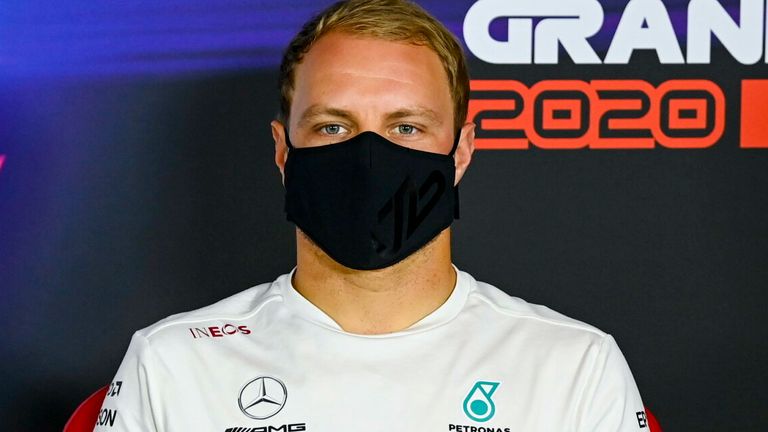



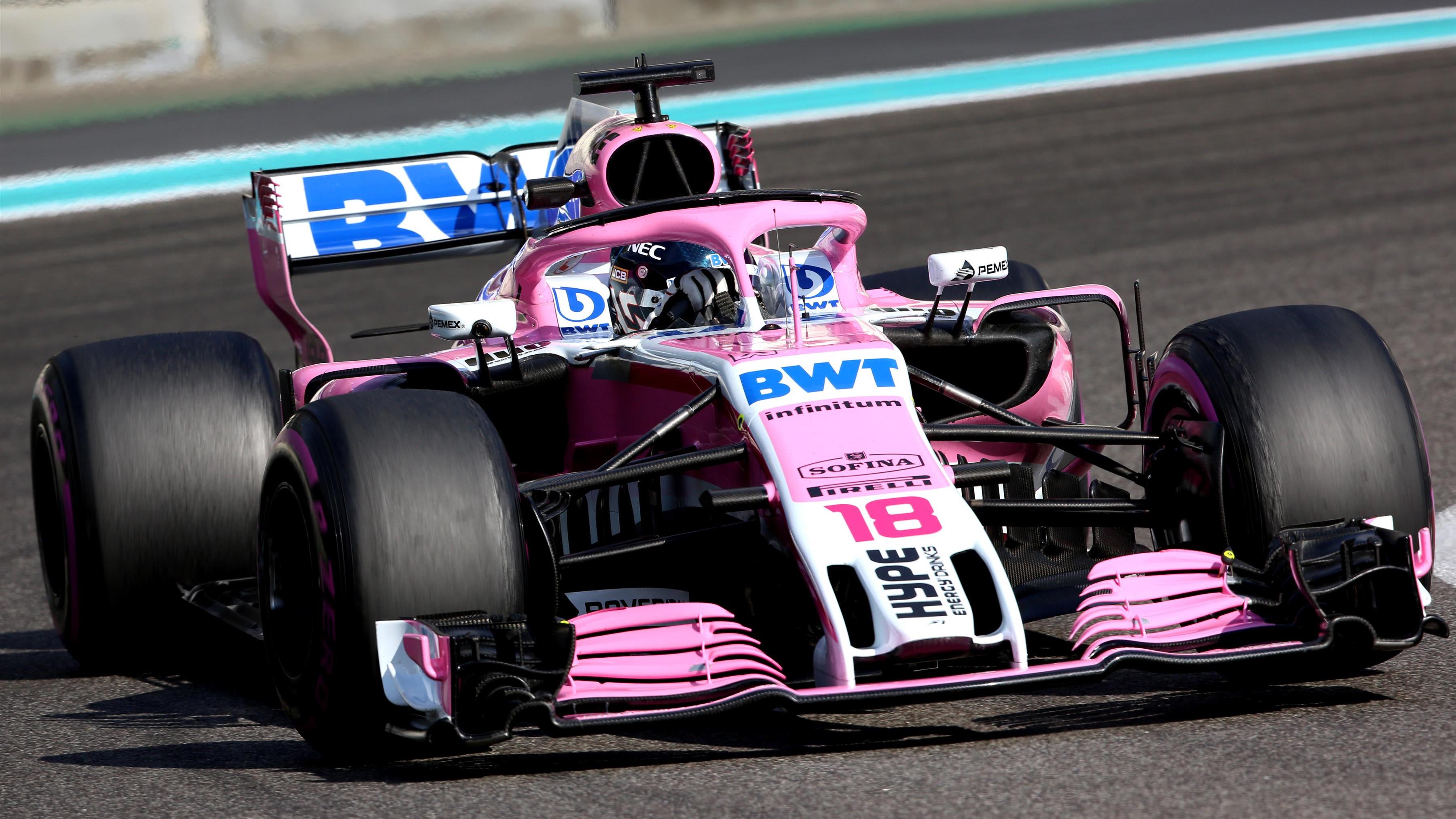
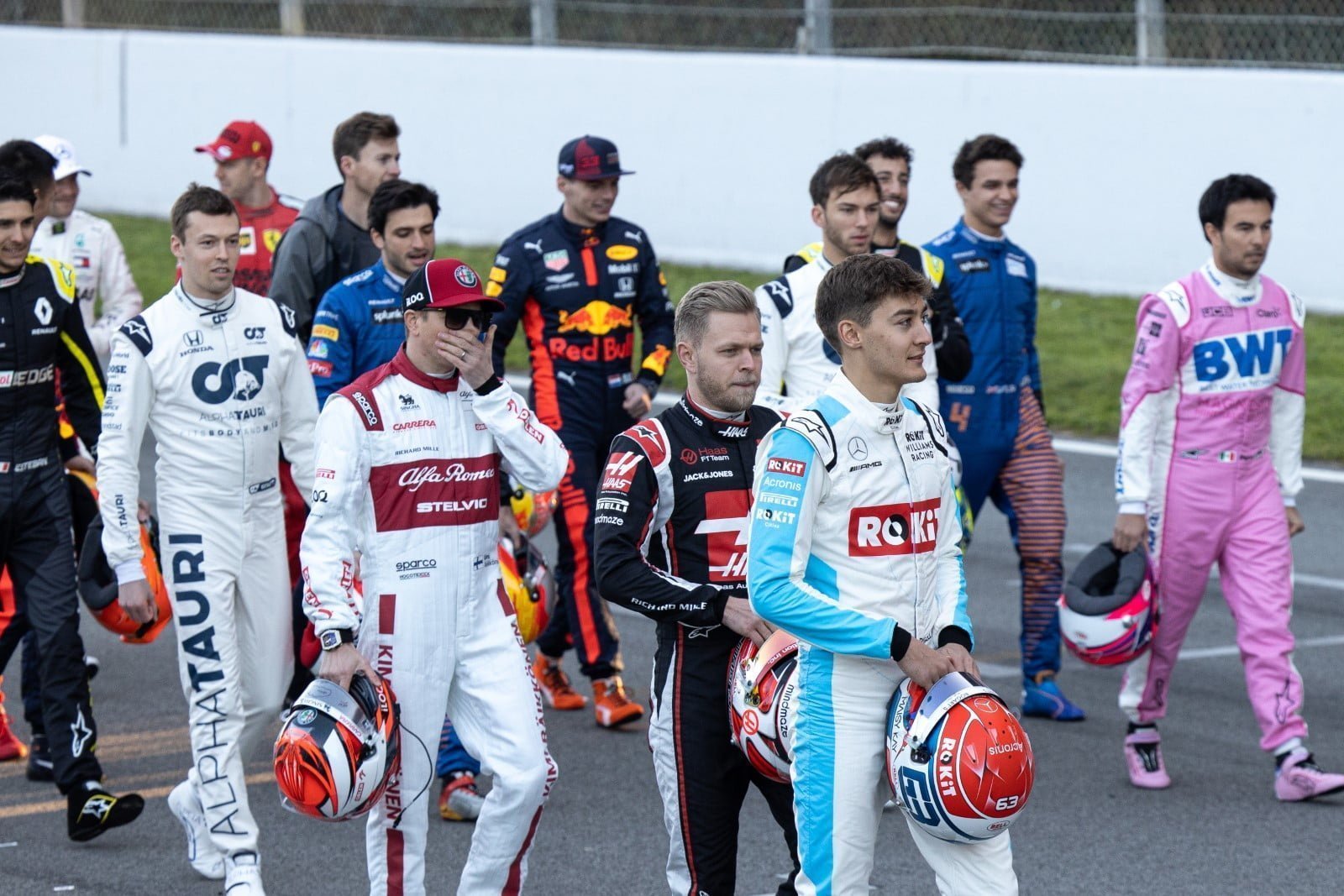










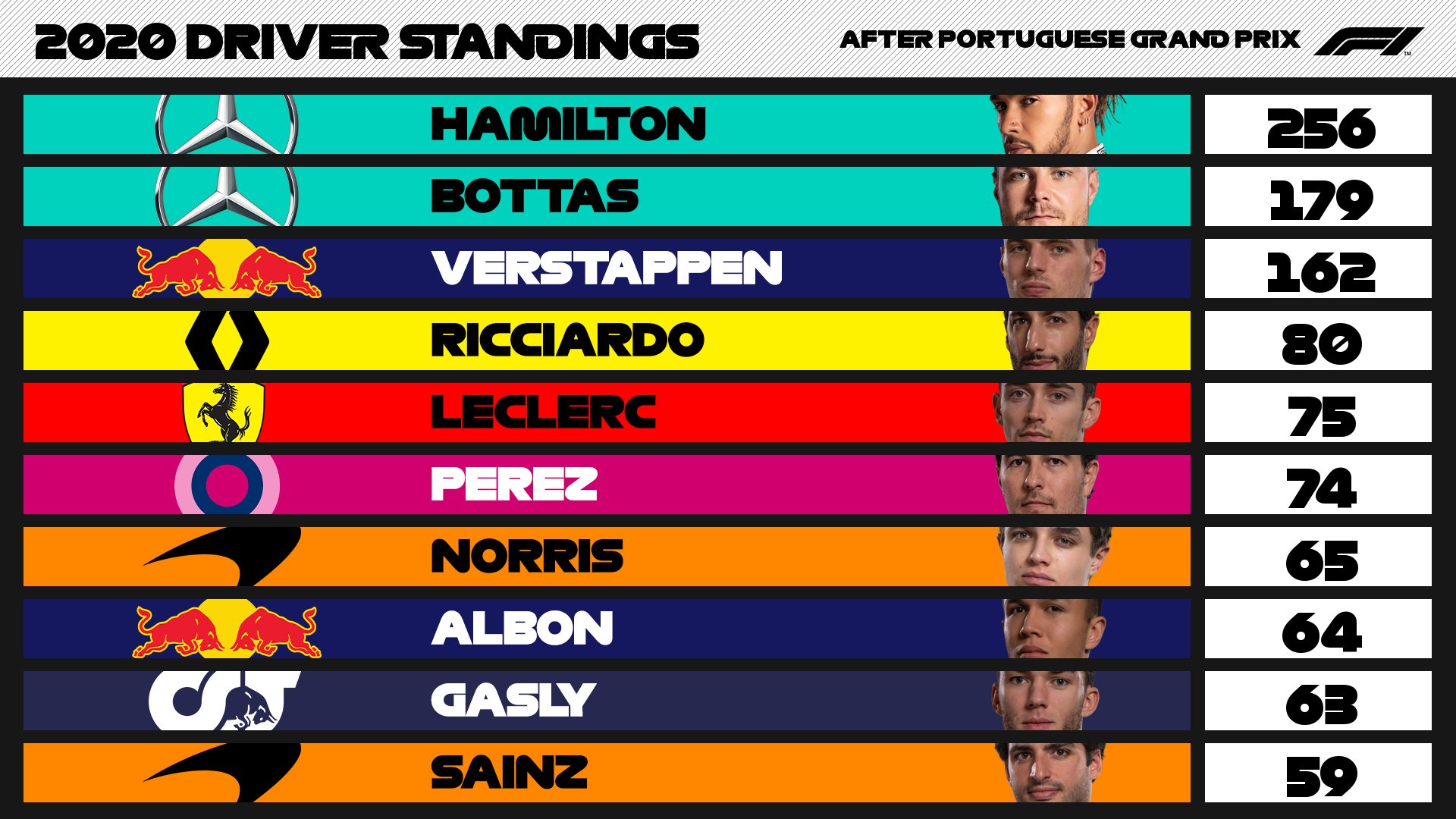



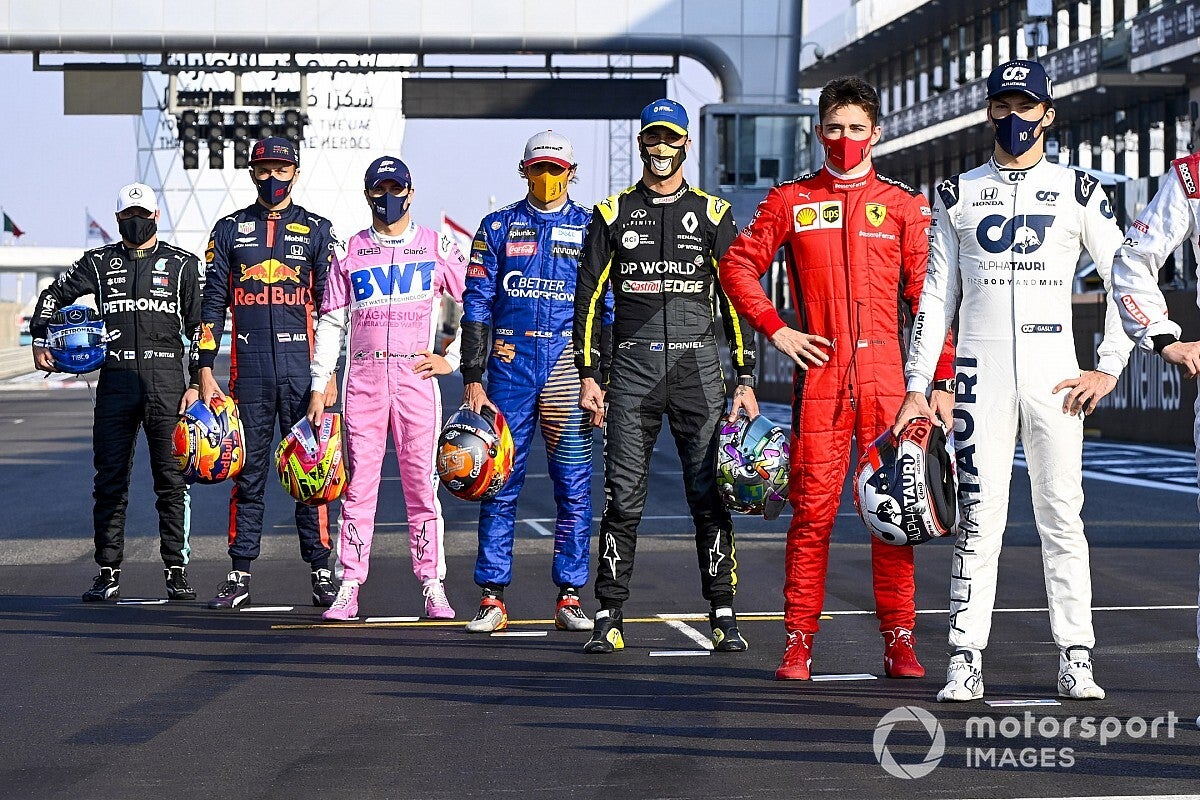


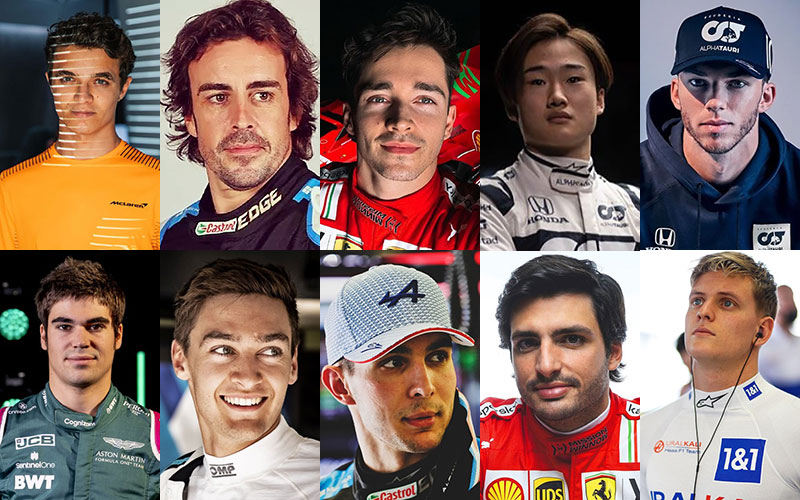





No comments:
Post a Comment
Note: Only a member of this blog may post a comment.